
What IT Service Desks Need to Do Now
This article by Patrick Bolger delves into four key steps for IT service desks to take to help drive their organizations out of the global pandemic and into a better 2021.

This article by Patrick Bolger delves into four key steps for IT service desks to take to help drive their organizations out of the global pandemic and into a better 2021.

In a post COVID-19 world many are predicting that increased numbers of employees working remotely will be the new standard. Others are wondering whether we’ll see another COVID-19 style crisis in the near future. Both points offer up an important question: Are your ITSM capabilities – the people, processes, and technology – prepared for the “new norm”?
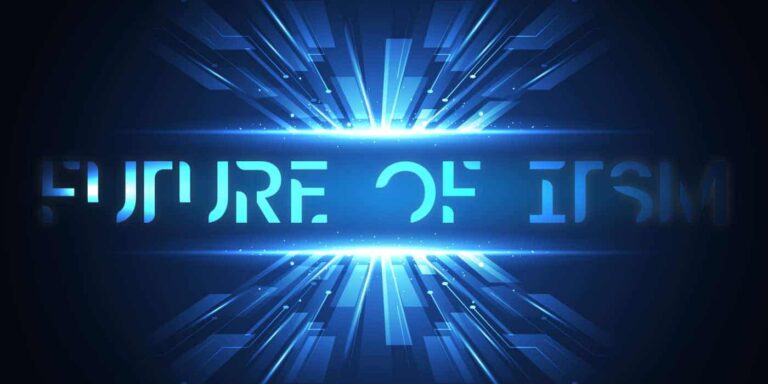
Businesses are in the midst of a fundamental sea-change where everything we know about how the world works will change. In this article, Charles Araujo explains the two macro trends that are converging and how this convergence will impact the future of ITSM.

Most changes in ITSM are not quick to come to fruition, as such it’s highly unlikely that ‘trends’ like AI will take the field by storm as many have predicted. But what then should we expect in 2020? This article looks at five trends that may indeed change service management in the year ahead.

What will we all be concerned about in ITSM in 2020? To help, here’s a poll-results-based article that looks at what will be the hot trends and topics – in terms of reader interest – in 2020. If nothing else, you’ll probably be surprised at where some ITSM topic areas have been voted in at.

In the world of service management, it’s a fact that analytics will continue to be a driving force in decision-making in 2020, and in this article we look specifically at how not just analytics, but predictive analytics will continue to grow in importance, impacting ITSM and how organizations conduct business.

This article brings together the 2020 opinions of a variety of people from 18 ITSM tool vendors and two support-professional membership bodies. These are people who have, if you stop to think about it, their fingers on the pulse of what’s happening in the ITSM industry right now…
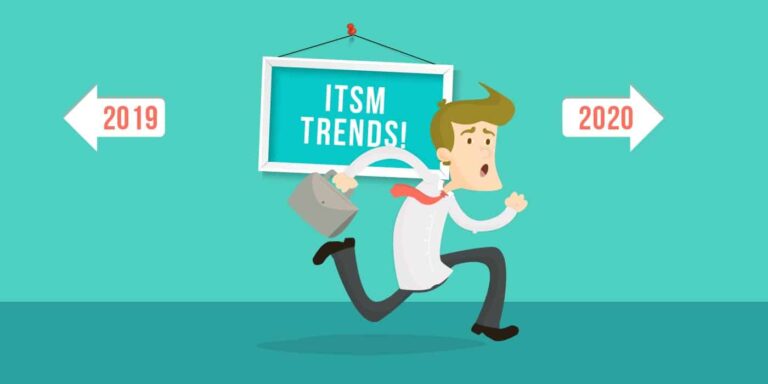
Throughout 2019 there was a lot of buzz around ‘trends’ such as digital transformation, AI, and continued cloud adoption. So the question is, will 2020 be more of the same? Or should we expect to see new trends and focuses in the world of ITSM?
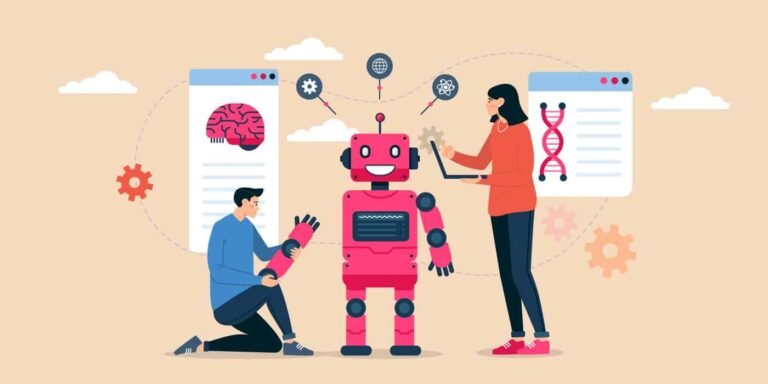
This article explains what Enterprise Service Management is and how it helps before talking to how new artificial intelligence (AI)-based capabilities – such as intelligent and connected chatbots – make an even greater difference to employee productivity and business outcomes.

The fact is that if the data and information captured within your knowledge articles or incident records or other ITSM artifacta is of poor quality, then the resulting actions (using AI) will likely be of poor quality. Here Doug Tedder explains how to avoid this and practice good ITSM hygiene.

It’s a simple fact that the impact of Artificial Intelligence on service desks will become valued when AI is able to perform the mediocre tasks service desk teams would rather not do, as well as the actions humans struggle with. With that in mind, this article looks at where AI is taking, and will take, IT support.
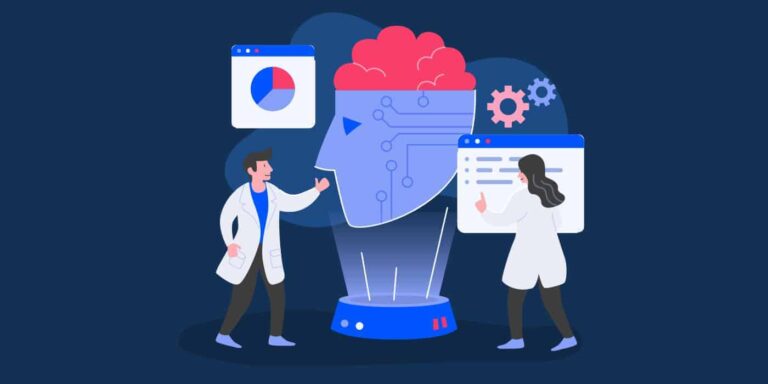
Because AI is rapidly changing many of the ITSM operations and tasks we deal with regularly, the time is ripe for disruption of the IT service desk industry. To help explain “the art of the AI possible,” this article looks at the key areas that service desk managers need to understand about AI.

This article looks at 10 common challenges faced by IT service desks (equally applicable in enterprise service management scenarios) and how you can use them to identify and progress a number of opportunities to improve.
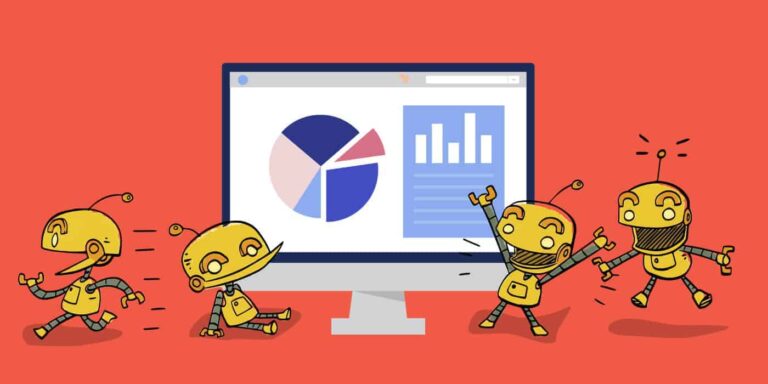
In this article, we consider whether your average ITSM team is able to really take advantage of the opportunities that digital transformation, customer experience, and AI technologies offer. Specifically, to help you to better understand if your ITSM team is suitably positioned to deliver against the business requirements that are necessitating this increased exploitation of technology and data.
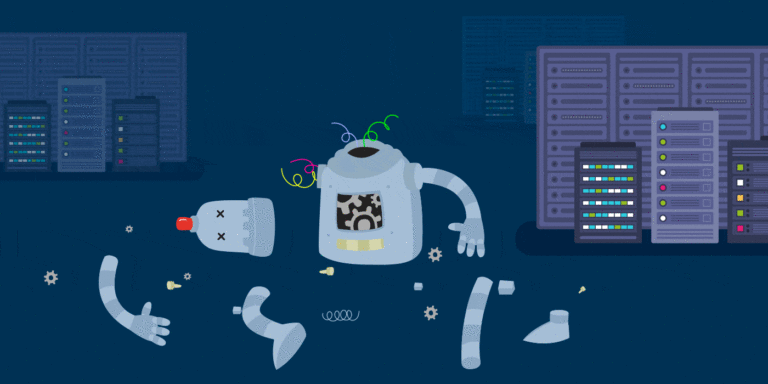
Automation of processes (across the organization) is something that should be treated very seriously and carefully – it can be dangerous when not properly implemented and/or defined. Here we look at the key requirements for, and benefits of, successful process automation (and digital transformation).
Quick Content Limited
20 Nightingales, Market Deeping,
Peterborough. PE6 8RU,
United Kingdom.